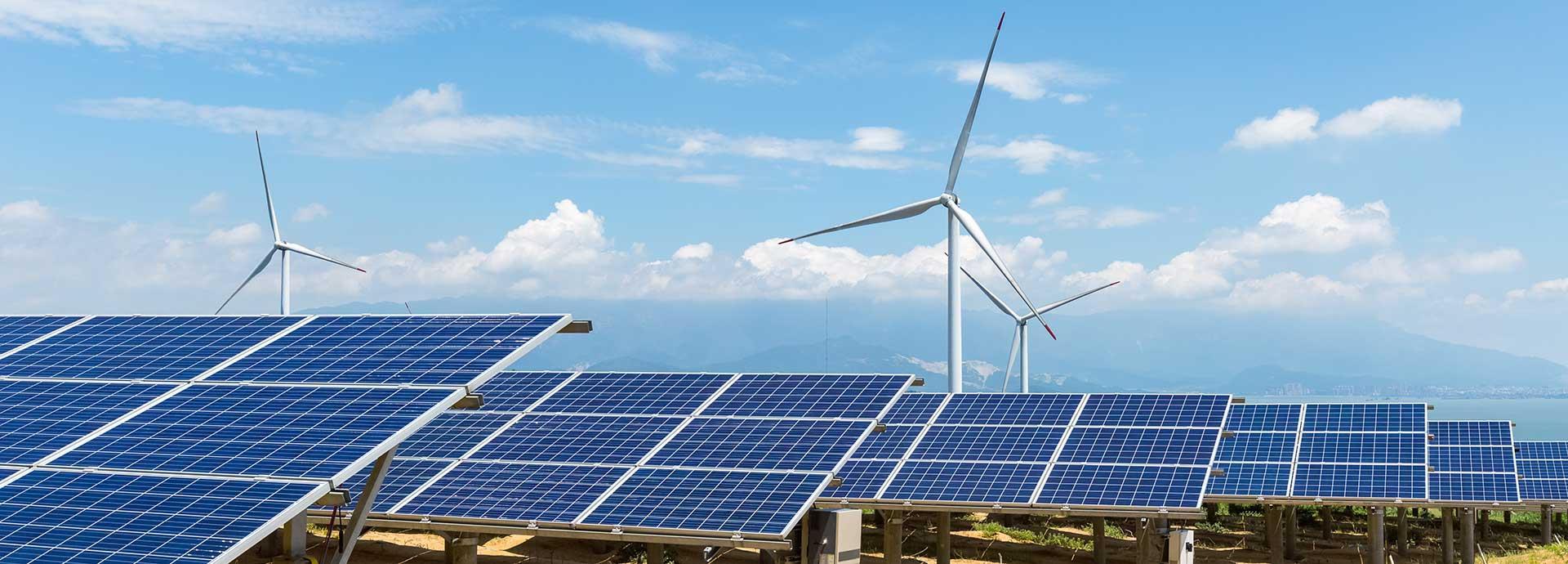

When the wind of change blows, some build walls other build windmills, says an old Chinese proverb. This perhaps best explains how and why China, the world’s largest consumer of energy has also emerged as its renewable energy superpower.
‘No country has put itself in a better position to become the world’s renewable energy superpower than China. In aggregate, it is now the world’s largest producer, exporter and installer of solar panels, wind turbines, batteries and electric vehicles, placing it at the forefront of the global energy transition,’ elaborates a report by Global Commission on the Geopolitics of Energy Transformation.
The commission, chaired by Iceland’s former president Ólafur Ragnar Grímsson and convened by the International Renewable Energy Agency (IRENA) with the Governments of Germany, Norway and the United Arab Emirates, found that China is also by far the largest global manufacturer of clean energy technologies and leads the world in renewable energy patents.
According to the commission, China’s concerted efforts to research, develop and invest in renewable energy and clean transport offer its industry the opportunity to overtake US and European companies, which have been dominant in sectors such as cars and energy machinery. This, the report notes, will give China a comparative advantage in trade and lend impetus to the country’s economic growth.
“In the past few years, China had subsidised renewables which led to a very fast pace growth. Currently, it has almost 500 GW of RE power (excluding hydro) and has reached a point where renewables are feasible without subsidies. China is now pushing for subsidy-free renewable sector based on market prices,” explains Kari Punnonen, Regional Director, North East Asia, Wärtsilä Energy Business.
Of dark clouds and silver linings
China’s drive for supremacy in renewables is driven by the fact that it is also the world’s largest coal consumer and hence the largest emitter of CO2. At more than 25% of the world’s total CO2 emissions annually (more than the combined CO2 emissions of US and Europe), the country has a massive role to play in curtailing climate change and is rising up to the challenge in a big way.
Last year China’s State Council promised the return of ‘blue skies’ through a 3-year action plan to curb air pollution by 2020. The country is also a signatory of the Paris Agreement on Climate change and has a target of increasing the share of non-fossil energy in its total primary energy consumption to 20% by 2030.
“China wishes to show leadership in the battle of combating global warming, for that it must meet its commitment to reach 15% non-fossil fuel energy consumption in total primary energy consumption by 2020,” says Rhonin Zhou, Market Development Manager, Wärtsilä Energy Business.
“Environmental problems especially air-pollution in recent years have changed the development strategy of the nation and renewable energy is the best solution to reduce both emission and pollution,” he adds.
Bloomberg New Energy Finance’s (BNEF) New Energy Outlook 2018, estimates that by 2050, China will have 1.1 TW of solar PV (which will be 21% of all the PV in the world) and 1 TW of wind (which is one third of all wind power installed globally). The report predicts that China will continue to be the largest market for wind and solar which will grow from 7% to 46% of the total energy combined of total energy generation by 2050.
The perils of transformation
In September last year a draft plan by the country’s National Development & Reform Commission (NDRC) pushed the target for renewable energy to account for at least 35% of electricity consumption by 2030.
The sheer size, scale and magnitude of what that would entail is unimaginable considering that China has the largest power system in the world. Besides, it is still dependent on coal for 60% of its power generation. Increasing the share of renewables therefore poses several obvious challenges including an oversupply of coal and the continuing use of coal-fired plants for more reliability during the transition to renewables. This often results in curtailment of generation from wind power sources.
“Currently China relies mainly on thermal power to do the peaking and shaving, which has caused poor system flexibility, low efficiency and more pollution and emission. Flexible gas power balancing is missing in the system. With the further expansion of wind and solar, renewable energy adoption is facing greater pressure,” says Zhou.
As the pressure on renewables rises, China will have to make several choices which involving new infrastructure, plants, investments, technologies, gestation periods and running costs for projects that can also be fuelled by alternative sources like natural gas.
The flexibility factor
This is where Wärtsilä, which has helped build 3 GW of power plants involving varying technologies in China over the past two decades, can play an important role. Engines and storage will provide the needed flexibility to integrate renewables and secure reliability. The company’s Smart Power Generation technology comprising higher operational flexibility, energy efficiency and fuel flexibility can help the country strike the right balance to achieve optimum results.
“The cost-benefit situation for different technologies in the utilities sector in China needs to be analysed at a systemic level on the whole and not at the level of an individual power plant. When you add flexibility to your system it works more efficiently and in much better conditions meaning that it consumes lesser money,” says Punnonen.
“What we are trying to do in China is to work on a flexible system at the level of a life-time cycle rather than just the initial level in order to make the entire system more effective,” he elaborates.
Experts say flexibility will play a key role in reshaping the country’s energy future because renewable energy generation is known to be intermittent in nature. This means sooner than later China will have to explore alternative sources and move away from its coal-fuelled legacy.
